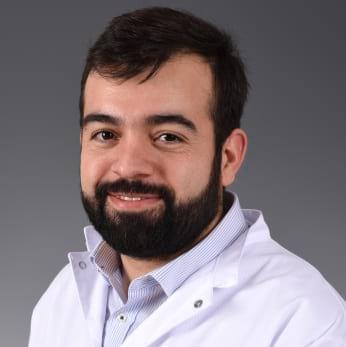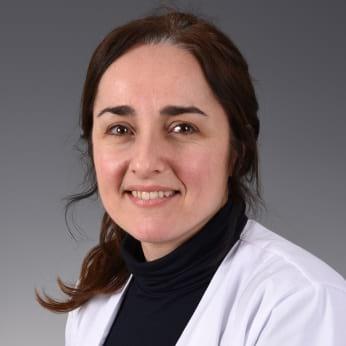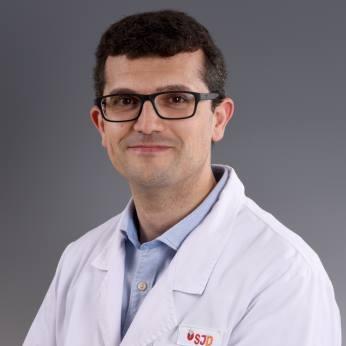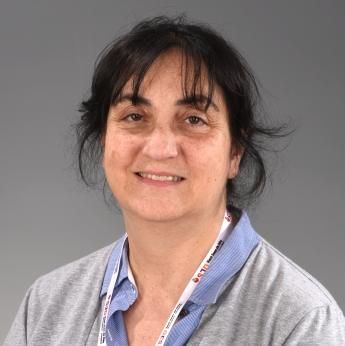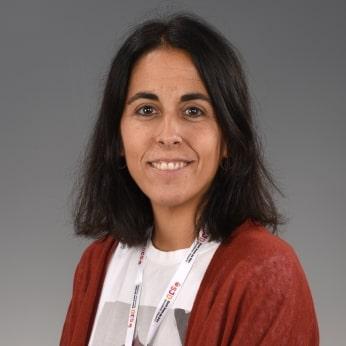
The Movement Disorder Unit at SJD Barcelona Children’s Hospital is a state leader in the diagnosis, treatment and monitoring of this group of paediatric disorders
We work to improve healthcare by providing a fast diagnosis, clinical and therapeutic evaluations adapted to each patient and complex therapies.
We work closely with Hospital Clínic de Barcelona, together having formed the Integrated Movement Disorder Unit, which ensures continuity in our patients’ medical care during adulthood.
The care we provide to patients and their families requires the coordination of specialists in the areas of Psychiatry, Psychology, Neurosurgery, Physiotherapy, Rehabilitation, Traumatology and Nutrition, among others.
Diagnosing movement disorders in children and adolescents often requires several medical examinations and additional tests, including imaging studies (brain MRI), biochemical and genetic studies. To do this, our unit is supported by the Genetic, Clinical Biochemistry and Neuroradiology departments. We also collaborate with the Paediatric Institute for Rare Diseases (IPER), which provides families with genetic advice
Accreditations
- CSUR accreditation (Reference Centres, Services and Units) from the Spanish Ministry of Health, recognising it as a national reference centre for these disorders
- ERN-RND (European Reference Network for Rare Neurological Diseases).
Description
These are disorders that can manifest themselves in childhood and are due to several complex causes. Generally speaking, abnormal movements are commonly caused by a dysfunction of the basal ganglia, central nervous system structures responsible for coordinating movement. Any pathology that results in a change in these neuronal structures causes abnormal movements such as tics, tremors, dystonia, chorea, myoclonia and Parkinsonism.
Depending on each case, the pathologies that cause the movement disorder may be due to errors of metabolism, autoimmune processes, neurodegenerative and neurogenetic diseases, among others.
Early detection and treatment can improve the patients’ quality of life, especially in the case of younger patients. Currently, there is no curative treatment for many of these disorders, however there are therapies that can reduce or relieve the symptoms. This is the case with neuromodulation, also known as deep brain stimulation or pallidal stimulation, a functional neurosurgery technique that we use to treat some disorders such as Parkinson’s, myoclonia and the main dystonias.
Why SJD Barcelona Children's Hospital?
The Movement Disorder Unit at SJD Barcelona Children’s Hospital provides the most accurate diagnosis possible, applies new treatments and conducts research to improve already existing treatments and find new therapeutic targets.
We collaborate closely with the Hospital Clínic de Barcelona, with which we form the Integrated Unit for Movement Disorders, which guarantees continuity in the medical care of our patients during adulthood.
Personalised assessment and comprehensive care
We collaborate closely with the Hospital Clínic de Barcelona, with which we form the Integrated Unit for Movement Disorders, which guarantees continuity in the medical care of our patients during adulthood
As a national reference centre for movement disorders, we treat children and adolescents in all the autonomous communities. Our Unit offers a multidisciplinary approach as different specialists are involved in the process of diagnosing, treating and monitoring each patient.
Furthermore, we ensure the continuity of medical care throughout adulthood thanks to our collaboration with Hospital Clínic in Barcelona.
We have perfected the use of neuromodulation treatments, localized electrical stimulation of the brain to inhibit abnormal neuronal discharges with the aim of improving motor function.
We are specialists in neuromodulation
We have perfected the use of neuromodulation treatments, localized electrical stimulation of the brain to inhibit abnormal neuronal discharges with the aim of improving motor function
Deep brain stimulation can be used in children, however there are still few paediatric centres that use this technique. The Movement Disorder Unit at SJD Barcelona Children’s Hospital is a national pioneer in treating patients with dystonia and myoclonia who do not respond to other therapies.
The effectiveness of neurostimulation depends on the root cause of the movement disorder, therefore it is important to establish patient screening criteria to ensure the intervention is successful.
We have published more than 80 medical articles in indexed international journals.
We are involved in several research projects
We have published more than 80 medical articles in indexed international journals
We are leading a line of studies on genetic and metabolic movement disorders. We currently lead six national and international projects (link to research).
Indicators
Patients visits per year
Dystonia cases per year
Cases of tics and Tourette’s syndrome
Our professionals
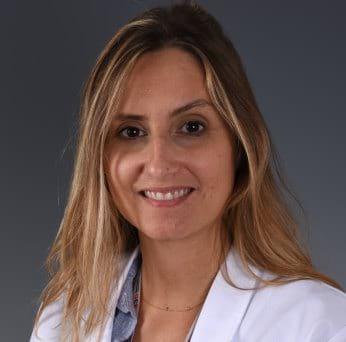
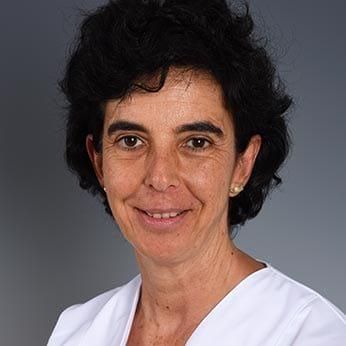



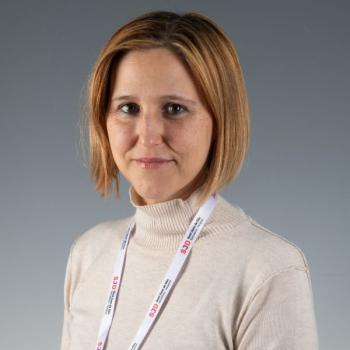

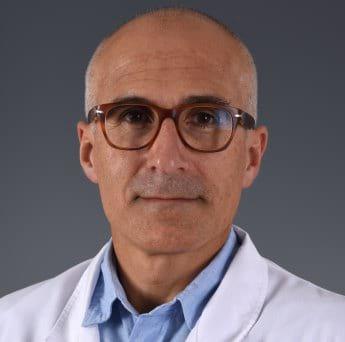
Research
The Movement Disorder Unit at SJD Barcelona Children’s Hospital is involved in various publicly and privately funded research projects, as well as studies financed by other funds. We are currently leading the following research projects:
- Biomarcadores y genes en la necrosis estriatal de la infancia (Biomarkers and genes in striatal necrosis in childhood). Multicentre study funded by the Carlos III Health Institute (ISCIII).
- Neurodegeneración por acumulación de hierro cerebral: evaluación clínica y caracterización genética (Neurodegeneration with brain iron accumulation: clinical evaluation and genetic characterisation). Multicentre study funded by La Marató Foundation of TV3.
- Estudio de defectos en el transporte y metabolismo de tiamina asociados a encefalopatías recurrentes en la infancia (Study of defects in the transport and metabolism of thiamine associated with recurrent encephalopathies in childhood). Funded by Agency for the Management of University and Research Grants (AGAUR) and the “Bombers amb causa” grant.
- Caracterización clínica y genética de pacientes con distonía mioclónica en población española y estudio de biomarcadores (Clinical and genetic characterisation of patients with myoclonic dystonia in Spanish population and a biomarker study). Collaborative project between the Sant Joan de Déu Foundation and the Aludme Association.
As regards national research, we are part of the Centre for Biomedical Network Research on Rare Diseases (CIBERER) of the Carlos III Health Institute (ISCIII) and the Catalan Government Consolidated Research Group for Rare Neurometabolic Diseases. On an international level, we are part of the European Reference Network (ERN) for Rare Neurological Diseases.
Teaching
SJD Barcelona Children’s Hospital is a university hospital affiliated with the University of Barcelona. We share our knowledge and train professionals so that they can specialise in high-complexity medicine. In the Movement Disorder Unit we are involved in teaching postgraduate studies at the following centres:
- Master’s degree in Neuropaediatrics, University of Barcelona.
- Master’s degree in Hereditary Metabolic Diseases, University of Santiago de Compostela.
We also collaborate with the Spanish Society of Paediatric Neurology (SENEP), where we coordinate the movement disorder group and form part of the accreditation committee. We organise professional training courses, as well as patient and family meetings, in the field of paediatric movement disorders. In recent years, we have organised the following events:
- International Symposium of Movement Disorders in Childhood
- Refresher Conference on Paediatric Movement Disorders
- Conference on Neurodegenerative Diseases with Brain Iron Accumulation
